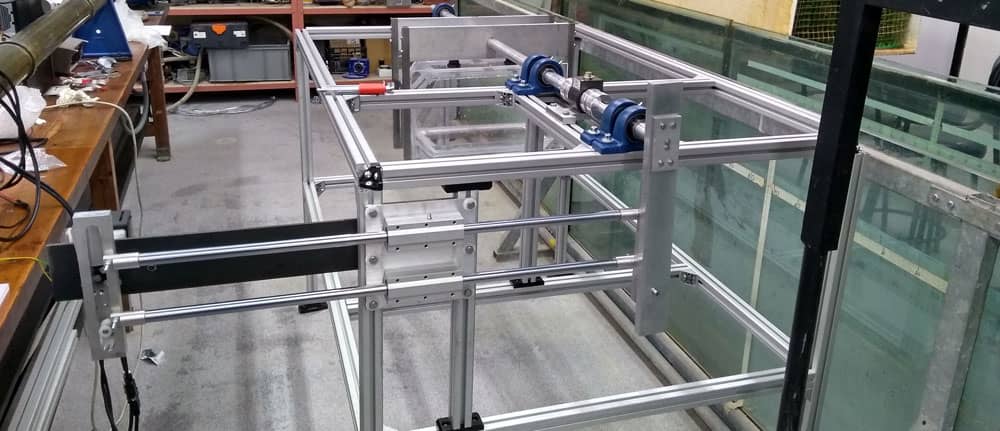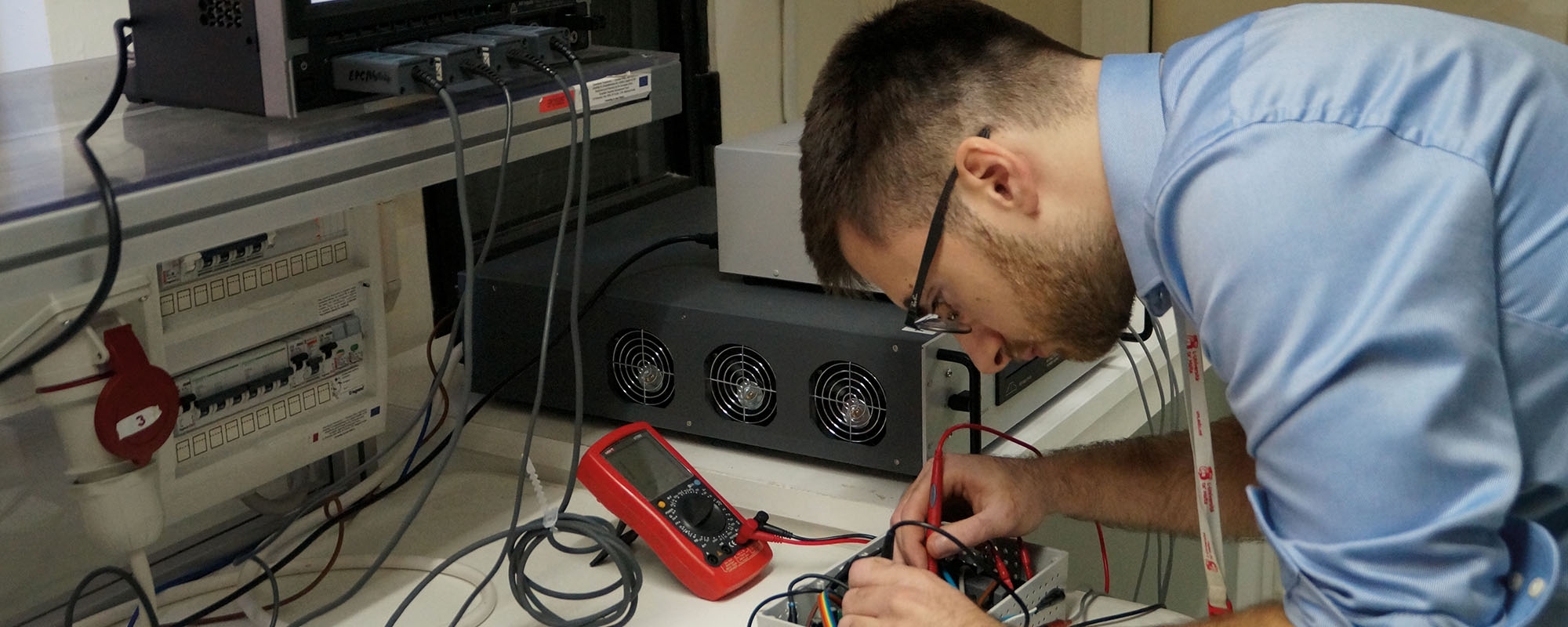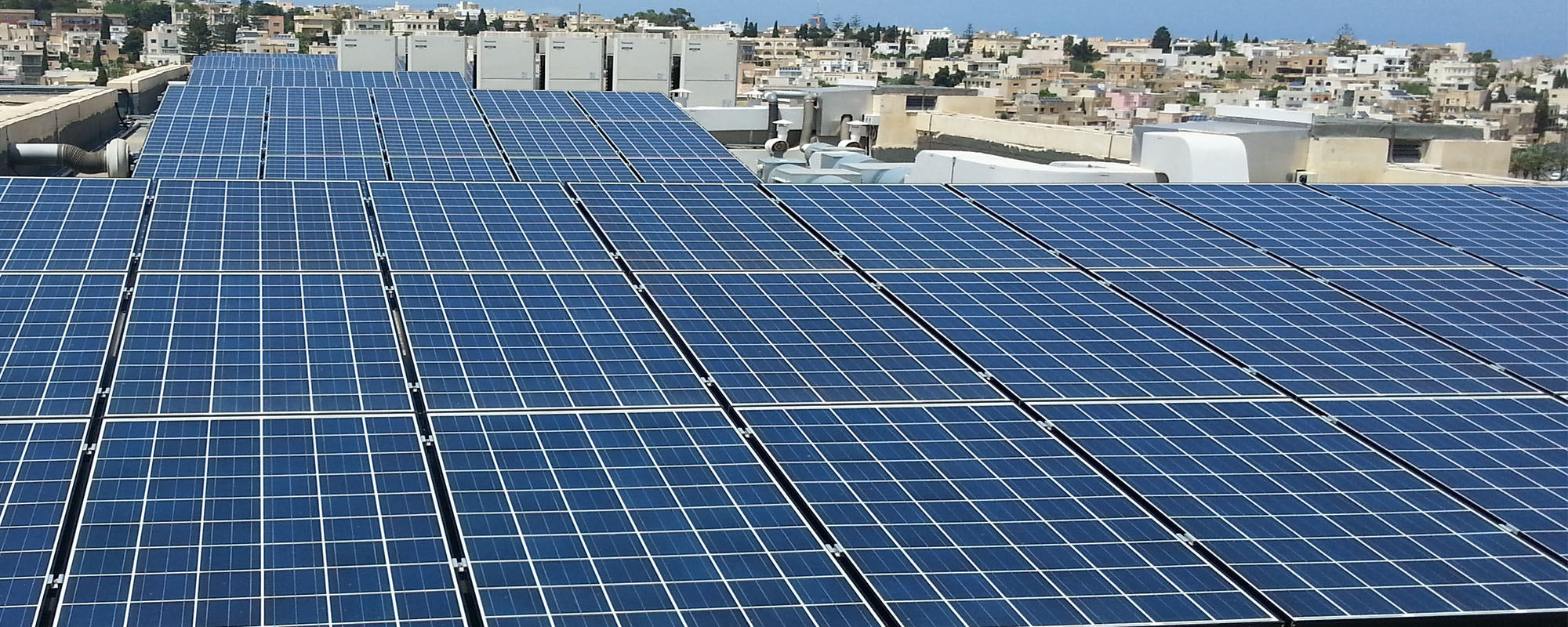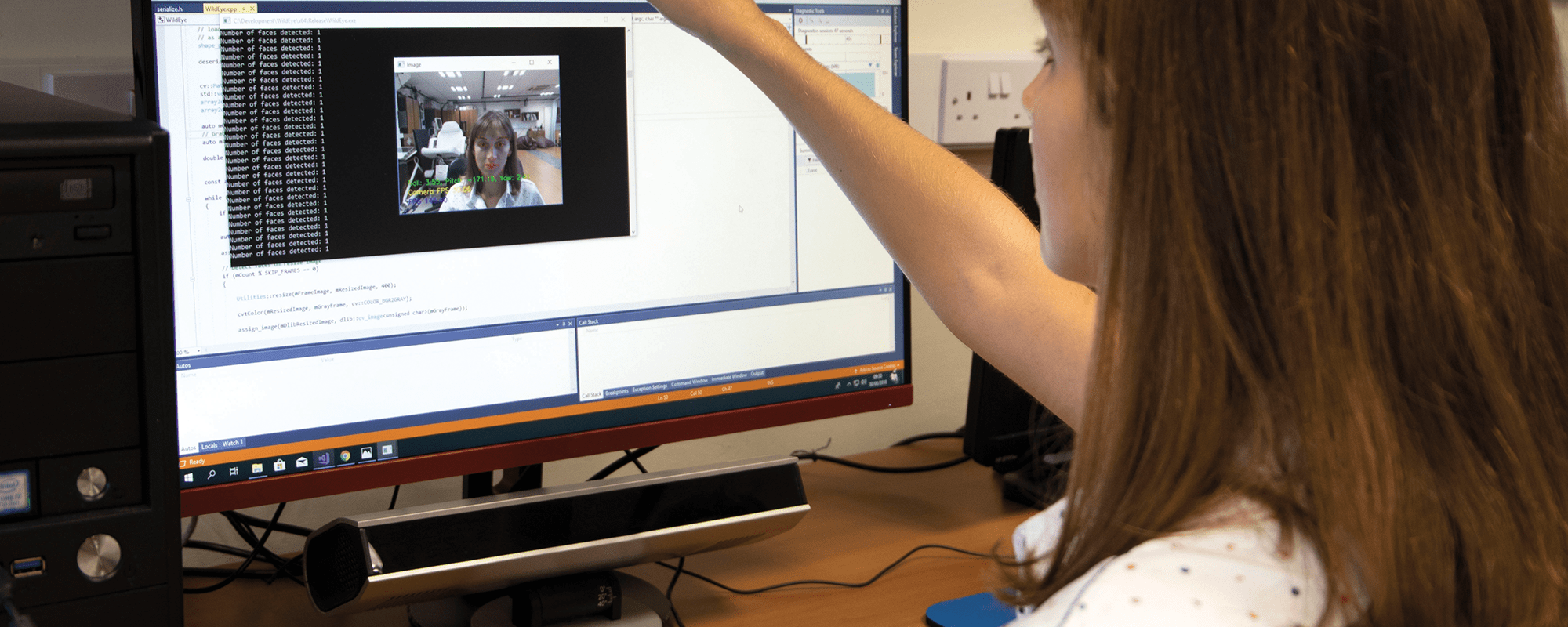The climate crisis urges us to use every means of reducing CO2 emissions. To reduce the energy consumption of electrical drive applications, researchers from the Faculty of Engineering at the University of Malta are working on a hybrid inverter drive. This device will be able to adjust the power input to an electric motor, thus avoiding power losses. With 8 billion electric motors in the EU alone, even small energy savings can scale up to big contributions towards a sustainable future.
Continue readingGreen Cosmetics: An Engineering Perspective on Cosmetic Packaging
The global cosmetics industry is a multi-billion euro business that shows no signs of slowing down. A large percentage of this evaluation is attributed to product packaging, which introduces a considerable environmental issue due to the skyrocketing demands for plastic packaging.
Continue readingSloshing of Liquid Cargo
Maritime transportation accounts for around 80% of the worldwide transportation of goods and plays a crucial role in sea borne global trade. It is the most economically efficient means for long-distance, inter-continental transportation, but it also boasts one of the lowest emissions per kilometre and unit transported.
Continue readingPower to the People
Building a nuclear fusion reactor is an extremely stressful process — especially for stress analysts! Sam Shingles from THINK gets in touch with Prof. Ing. Pierluigi Mollicone and Prof. Ing. Martin Muscat, who are working together as part of a European Consortium to bring fusion nuclear power to Europe.
Continue readingEURATOM – Europe’s Fusion Future
In the first weeks of November, the world came together for the 26th United Nations Climate Change Conference, an event researchers across the globe are calling ‘the world’s best last chance to get runaway climate change under control’. During this two-week conference, one of the aims was to put forward proposals to ‘secure global net zero by mid-century and keep 1.5 degrees within reach’, which will involve phasing out coal use around the world and putting more resources into sustainable energy methods. One such method that is being touted as a groundbreaking solution is nuclear fusion. THINK magazine sat down with Prof. Ing. Pierluigi Mollicone and Prof. Ing. Martin Muscat, associate professors at the Department of Mechanical Engineering at the University of Malta, to learn more about what nuclear fusion is all about.
Continue readingLab to Life: Controlling the Unpredictable on the Road
The wide open road is full of unexpected surprises, especially for motorcyclists. The slightest miscalculation can result in swerving out of control or a horrible accident. But what if there was a way to improve motorcycle safety by creating a stronger connection between rider and bike? Engineers at the University of Malta may have just found a way to build your perfect bike.
Continue readingLet’s rethink our motors
From washing machines and vacuum cleaners to air conditioners and fans, household appliances all contain electrical motors, and we tend to take them for granted. However, appliances’ high starting currents can disrupt electricity supply and shut down a whole house. Daniel Lendi unpacks some of the hard work needed to fix this problem.
My (Daniel Lendi) tech-savvy generation takes many things for granted. Entering the Electrical and Electronics Engineering course at the University of Malta (UM) helped me realise just how much thought and effort humanity has invested in technology. My passion for electrical motors and their applications grew further at university, and until today, I’m fascinated by how an electrical current passing through some copper wire can lead to the physical rotation of a motor shaft, driving electric cars and pumping water.
My time at university also taught me that these motors introduce complications when they start. High currents can trip the Miniature Circuit Breakers inside your consumer unit. When ACs start they draw six to eight times their normal amount of energy; switching on your AC could even make your neighbour’s lights flicker! Dedicated motor starters are introduced to tackle these complications. Dr Ing. Reiko Raute (Department of Industrial Electrical Power Conversion, Faculty of Engineering, UM), with whom I worked on my dissertation, has come up with a novel prototype that aims to improve on these motor starters. Being part of his team allows me to further my studies while gaining valuable insight into industrial product development.
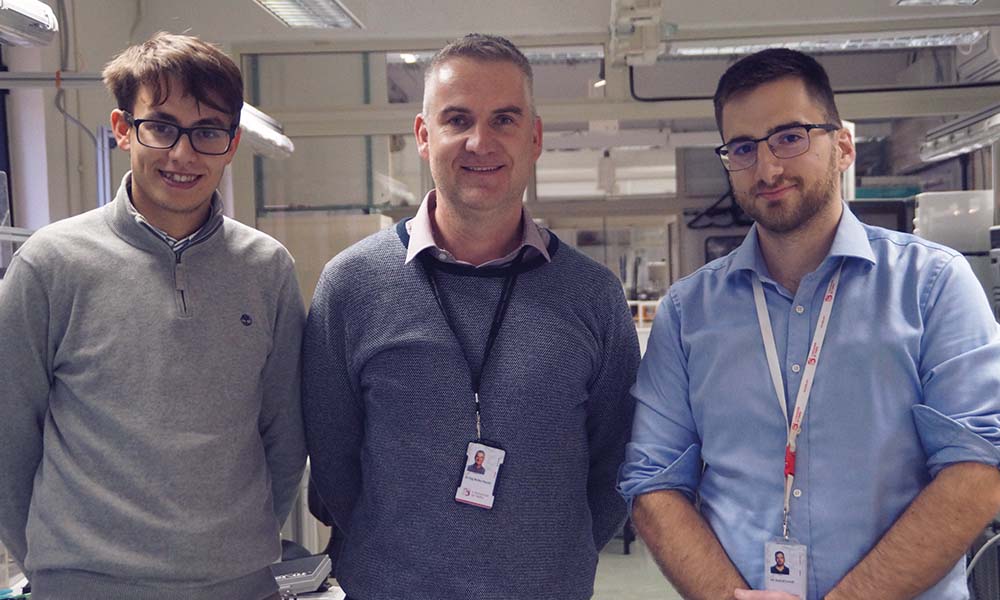
One type of these motor starters is the soft starter (a category of reduced voltage starters). The soft starter decreases the voltage to the motor, reducing its current and keeping your house lit up. However, as a consequence, they reduce the motor’s torque – a measure of the motor’s rotational strength. A lower torque means that the motor doesn’t turn strongly enough, making your AC inefficient and possibly damaging the motor.
Raute is trying to overcome these problems with a new prototype High Dynamic Motor Starter (HDMS). The HDMS is a soft starter which tackles the issue through a fundamentally different approach. Using a dedicated control algorithm (computer code that carries out specific tasks) and a novel hardware circuit, the HDMS is able to achieve excellent starting current reduction without sacrificing so much motor torque. The development of this prototype is part of a research collaboration between UM and the development division of electronic equipment designer and manufacturer Carlo Gavazzi. Our industrial partner ensures that the product meets market expectations. Prototypes of the HDMS soft starter have already been constructed and are now being tested in heat pump installations in the UK, France, Ireland, and the USA, collecting data from each motor start they carry out.
The development of the new starter is an ambitious feat. Our team divided it into two projects. My part is analysing the HDMS control algorithm stability and its optimisation. I took up a study module on control engineering to better understand what’s going on. The aim is to ensure that the HDMS regulates and reduces the starting current in the most stable and efficient way, using both the simulation models and the hardware prototype. For the hardware tests we built a test rig which is able to measure a motor’s torque during start-up. I have concluded the analysis, the most tedious part of my project, and am finally moving on to hardware tests to confirm its findings.
Our industrial partner ensures that the product meets market expectations.
My colleague Justin Xuereb focuses on the second project. He investigates the dynamic overload performance of the switching devices. Think of dynamic overload performance as similar to a workout: You are at the gym training with some weights, and are capable of carrying out your routine with 40kg of weights. But you want a bigger challenge and add another 20kg of weights to see how you perform for a few repetitions. This is what is done with the dynamic overload performance of the switching devices, overloading them for a short amount of time and studying their performance. Xuereb has already designed and implemented several revisions of a dedicated test circuit to investigate the overload performance of the switching devices.
My analysis has shown that Raute’s creative idea adheres to control engineering theory. The work is still continuing to ensure the HDMS’ market success. When the next-generation single-phase soft starter product for Carlo Gavazzi becomes a marketable product, our ACs will start more efficiently, even in the midst of summer.
The project is funded by the Malta Council for Science and Technology (MCST) R&I Fusion Technology Development Project R&I-2016-035-T.
Moving energetically ahead
Can the university lead the way in shedding a dependence on fossil fuels? Renewable sources cover just over 7% of Malta’s energy needs, which must nearly double by 2030 to implement the draft National Energy and Climate Plan. Daiva Repeckaite traces how photovoltaic modules were rolled out on the campus’s roofs — and finds that to be sustainable, the community should love their ACs a little less.
Continue readingUnderstanding motorcyclists for safer driving
Motorcycle riders are often seen as risk takers, branded as transportation scapegoats. Until now. Prof. Ing. Philip Farrugia and his team at the University of Malta are shedding light on the issue of road safety and critical needs for keeping the community safe and reducing deaths.
Continue readingEyes front!
How often do your date’s eyes glance down at your chest? Which products do people notice in a supermarket? How long does it take you to read a billboard?
Eye trackers are helping researchers around the world answer questions like these. From analysing user experience to developing a new generation of video games, this technology offers a novel way of interacting with machines. People with disabilities, for example, can use them to control computers. A team at the Department of Systems and Control Engineering (University of Malta) is using a research-grade eye-gaze tracker, worth around €40,000, to test technologies they are planning to commercialise soon.
Continue reading


